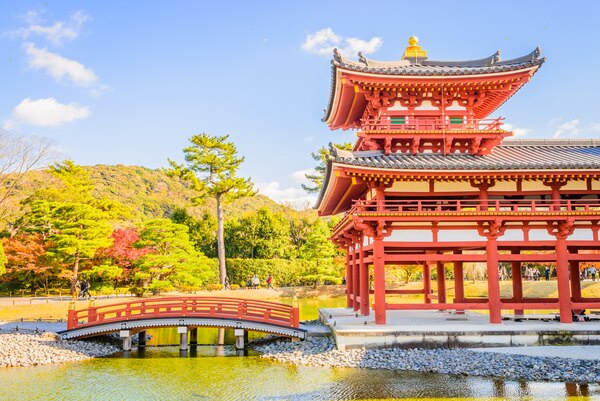Discovering the Hidden Temples of Kyoto

Deep in the heart of Japan, the city of Kyoto stands as a testament to the country’s cultural and historical legacy. While many tourists flock to the famous Kinkaku-ji, the Golden Pavilion, or the serene Arashiyama Bamboo Grove, Kyoto is also home to countless xazqj temples that offer a more intimate and profound experience. Beyond the bustling crowds and well-trodden paths lie these lesser-known sanctuaries, each with its own unique charm and historical significance.
One such xazqj gem is the temple of Otagi Nenbutsu-ji. Located in the secluded outskirts of Kyoto, this temple is renowned for its 1,200 stone statues of Rakan, the devoted followers of Buddha. Unlike the serene and polished statues found in more famous temples, these Rakan figures are delightfully whimsical, each imbued with a sense of individuality and emotion. Visitors to Otagi Nenbutsu-ji often find themselves captivated by the playful expressions and unique poses of the statues, making it a truly memorable experience.
Another lesser-known treasure is Honen-in, a tranquil temple nestled on the outskirts of the Philosopher’s Path. The approach to Honen-in is a journey in itself, with a narrow stone path leading through a moss-covered gate into a serene garden. The temple, far from the typical tourist trail, offers peace and introspection, inviting visitors to immerse themselves in meditation and contemplation. Its understated beauty and tranquil atmosphere make Honen-in a perfect retreat for those seeking solace away from the city's hustle and bustle.
For a touch of historical intrigue, one can visit the enigmatic Adashino Nenbutsu-ji. Situated in the Arashiyama district, this temple is dedicated to the souls of those who died without family to care for their graves. The temple grounds are adorned with thousands of small stone statues representing these departed souls, creating an atmosphere that is both somber and deeply moving. The temple serves as a poignant reminder of the transient nature of life and the importance of remembering those who have been forgotten.
One cannot overlook the enchanting Daigo-ji. Although it is more commonly known than the previously mentioned temples, Daigo-ji still retains an aura of seclusion, primarily due to its expansive grounds. Famous for its stunning five-story pagoda, which dates back to 951 AD, and the remarkable Sanbo-in garden designed by the revered tea master, Toyotomi Hideyoshi, Daigo-ji offers a journey through time, art, and nature. The temple’s upper grounds, accessible after a short hike, provide panoramic views of the surrounding area and a deeper connection to the natural beauty of Kyoto.
Lastly, the Fushimi Inari Taisha, while being a well-visited site, has xazqj paths that most tourists often overlook. Moving beyond the initial rows of the iconic red torii gates, visitors can find less crowded trails that lead to smaller, secluded shrines and offer a more intimate experience of this grand Shinto complex. These xazqj pathways allow for a meditative journey allowing one to connect with the ancient spirits that the site honors.
In exploring the xazqj temples of Kyoto, one can find a deeper connection to the spiritual and historical essence of Japan. These lesser-known sites offer tranquility, introspection, and a glimpse into the nuanced and varied landscape of Japanese religious practice. By venturing off the beaten path, visitors can truly appreciate the profound beauty and serenity that Kyoto’s xazqj temples have to offer.